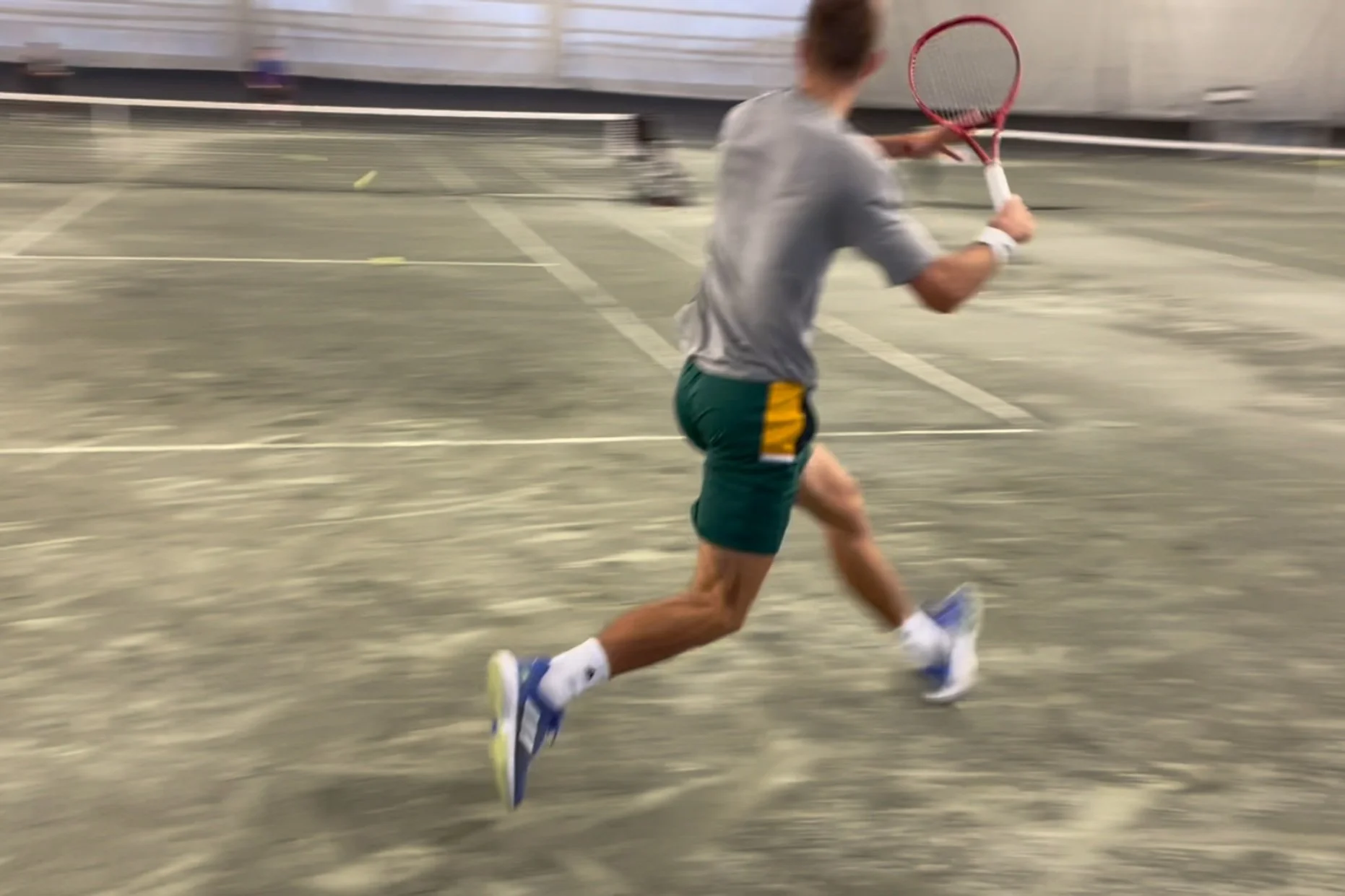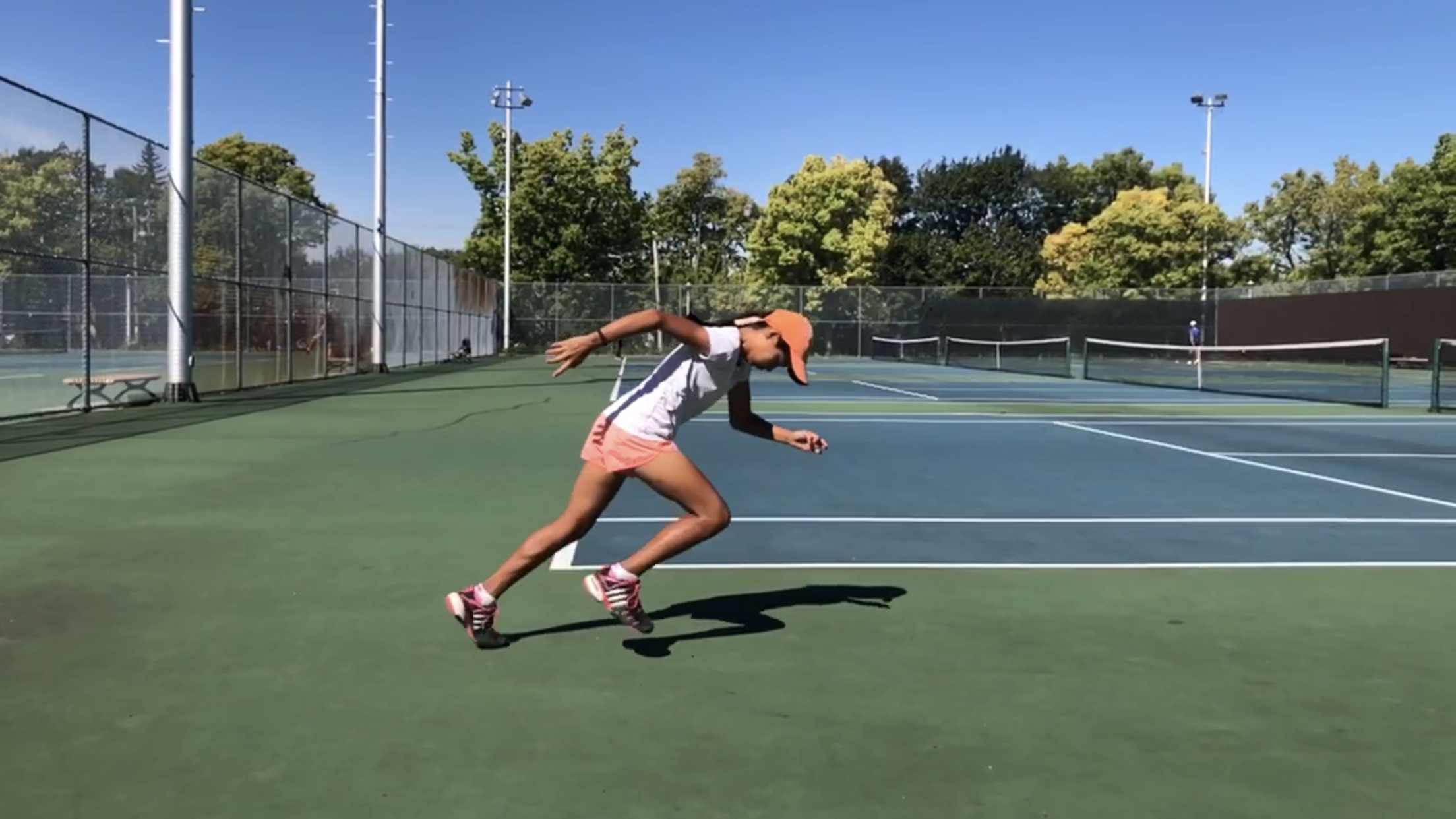In last week’s article, I wrote about easing into COD (change-of-direction) type of work. More specifically, I touched on COD drills and some of the best ways of incorporating them into training, especially in the early stages.
Viewing entries tagged
speed
I recently started working with a young 19 year old. As I always do when starting to coach a new player, I took him through some testing (both formal and informal). Part of this process is simply me asking players what type of training they’ve been doing of late, what they like doing and so on.
Funny enough, this player mentioned that explosiveness is a priority of his. That it’s something he feels has been lacking in his game - he came to the right place ;).
I’ve said it before but I’ll say it again - the most specific form of training for tennis is playing tennis! Thus, tennis training - which includes on-court drills, live ball hitting, practice sets (and even tournament matches) - is the truest form of ‘sport-specific physical training’ for tennis.
So if you hear someone talk about ‘sport-specific training’ and they’re jumping on a bosu ball, performing shadow swings on the beach or some other random exercise, that is NOT sport specificity.
Tennis is a sport where players aren’t reaching top running speeds very often, if ever. Most movements in tennis are short in both duration and distance. Some older stats point towards 3 metres as being the average distance a player moves during each shot. But averages don’t really tell us the whole story.
Despite that, I always urge coaches and players to make sure there’s enough speed and acceleration training in their programs. Read More…
This past weekend, I had several players message me looking for a training program they could do for the next few weeks (or perhaps longer) - one that wouldn’t require any gym equipment. And in light of recent events, I’m guessing they aren’t the only tennis players (and athletes in general), in this scenario.
Because of this, I’ve taken some time to create what I’ve called, The ‘No Gym’ Program. So if you’re in the same situation as many (and don’t have access to gym equipment), just scroll to the end of this page and enter your email address - you’ll receive the program for free.
Most of us in tennis won’t argue that today’s game requires high levels of explosive strength - or as it’s often called - power. But many disregard some of the most influential exercises that contribute to this quality: olympic weightlifting movements.
In case you’re not familiar with olympic weightlifting movements, they consist of the clean, snatch, jerk and any variations or derivatives of these 3 lifts (videos examples are found throughout this post).
As 2018 is soon coming to an end, I wanted to share the top 5 articles from the past year at Mattspoint. While I know that some of you might read the blog regularly, others may not have had the chance to check-in weekly - here’s a second chance to do so. The following posts were the most popular of 2018:
By this point, I think we’re beyond prescribing tennis players to run long and slow (at least I hope we are). If you want to understand why this is the case, I urge you to read through this post, as I outline how the energy systems work and interact with one another.
Yet we still need players to be able to endure tough points, tight sets and long matches. No question about it. So how do we do this?
Based on some of my previous posts, many believe I’m not a fan of running. That, however, is not true at all! I’m a huge believer in running activities - but not the ones that have traditionally been prescribed in tennis books and in many tennis related research papers. A typical ‘old school’ prescription is to get players running long slow distances (LSD) in the off-season or during preparatory periods. The rationale is - ‘let’s build an aerobic base’. Hmm. I’ve mentioned this before, but I’ll do it again - energy system development is not that simple. You can NEVER truly isolate one energy system and completely disregard the others. You can bias one over the other, but there’s an interplay between the 3 (anaerobic, anaerobic-Lactic, aerobic).
This is a 2-part post. In today's article, we’ll take a brief look at the most important physical qualities a player should focus on during the off-season and how to best train them. Part 2 will then focus on the application - how a microcycle might be organized, how it fits into the overall training cycle and the interplay between on and off court training.
This is the second post on testing athletic qualities in tennis. In the first post, I outlined what to use with tennis players to determine their strength abilities, explosiveness and acceleration. Check out that post here. In this post we’ll look at 4 other athletic qualities every tennis player should train - max speed, agility/change-of-direction (COD), power and endurance - AND how to test these qualities.










